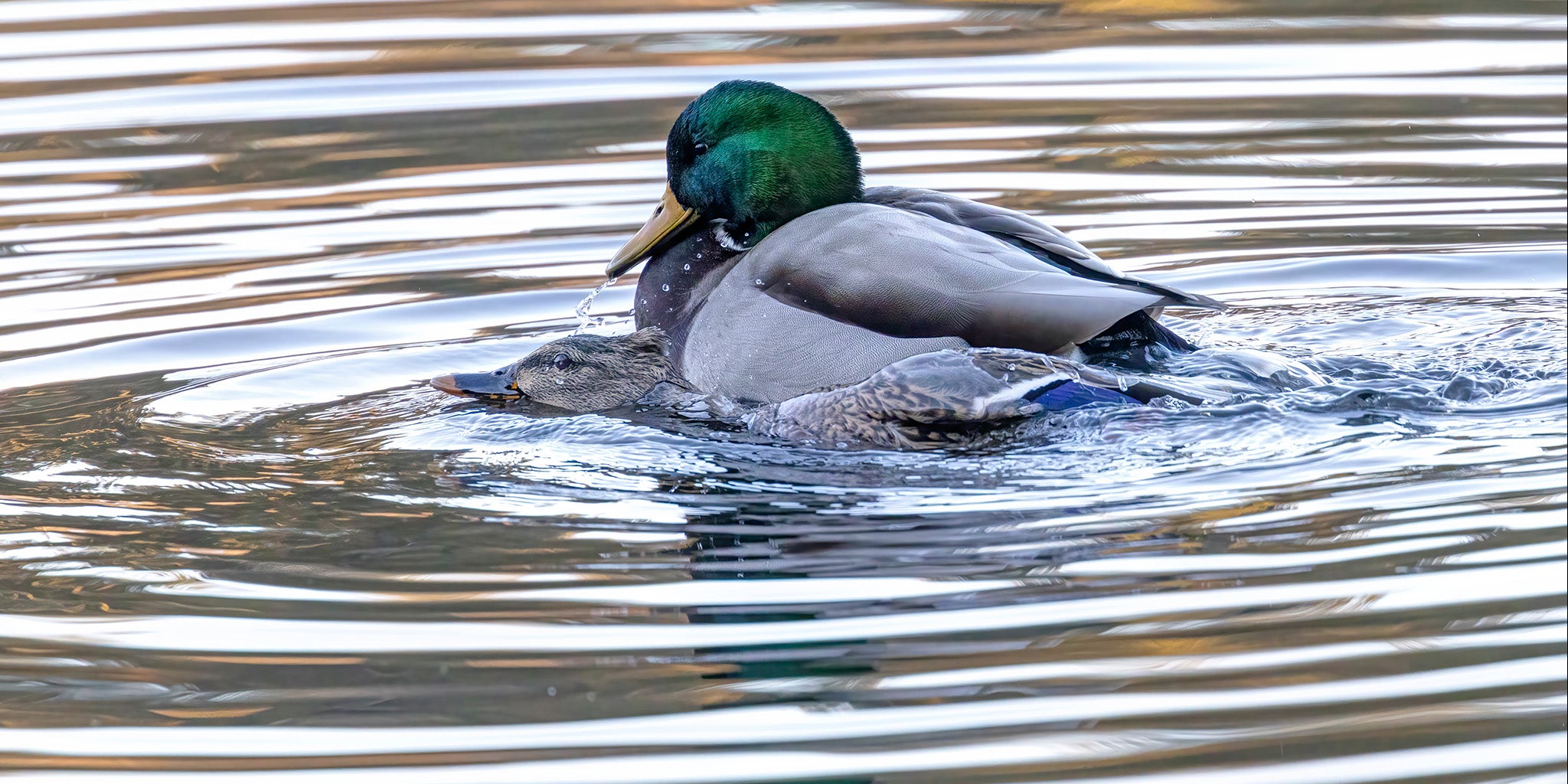Monogamy in Birds
Long-Term Pair Bonds
Many bird species form long-term monogamous pair bonds that last for multiple breeding seasons or even for life.
Shared Parental Care
Monogamous bird pairs often share responsibilities in incubating eggs, feeding chicks, and protecting the nest, demonstrating cooperative breeding behavior.
Genetic Monogamy
In some bird species, genetic monogamy ensures that offspring are biologically related to both parents, enhancing parental investment and offspring survival.
Extra-Pair Copulations
Despite forming monogamous pairs, some bird species engage in extra-pair copulations, where individuals mate with partners outside of their social bond.
Mating Rituals in Birds
Intricate Courtship Displays
Birds exhibit elaborate courtship displays involving dances, vocalizations, and aerial acrobatics to attract mates and establish pair compatibility.
Song Repertoires
Male birds often use complex songs and vocalizations to advertise their presence, defend territories, and attract females during the breeding season.
Nest Building
Mating rituals may involve joint nest building, with both partners collaborating to construct a nest that will serve as a safe haven for raising offspring.
Gift Giving
Some bird species engage in gift giving as part of courtship rituals, with males offering food, nesting materials, or symbolic items to females as a display of provisioning ability.
Feather Displays
Male birds may flaunt colorful plumage, perform elaborate feather displays, or puff up feathers to demonstrate genetic quality, health, and fitness to potential mates.
Mating Dances
Certain bird species engage in intricate mating dances characterized by synchronized movements, exaggerated postures, and coordinated displays to attract mates and strengthen pair bonds.
Territorial Behavior
Birds defend territories through vocalizations, displays, and aggressive interactions with rivals, establishing boundaries that enhance mating success and resource access.
Migration Synchronization
Some bird species synchronize their mating rituals with seasonal migrations, using geographic cues and environmental signals to coordinate breeding activities and maximize reproductive success.


